Few protests have captured the public’s attention like this summer’s direct action to highlight the climate crisis.
From This is Rigged protestors halting the world cycling championships through to Just Stop Oil activists disrupting the Open golf at Royal Liverpool and Greenpeace demonstrators climbing on the prime minister’s roof, seldom a week has gone by without dramatic footage and pictures of police leading away campaigners.
Yet, away from the high-profile remonstrations, a series of government consultations is under way that could kick-start Scotland and the wider UK’s transition to net-zero.
The Review of Electricity Market Arrangements – or Rema to its pals – was launched last year by the then business secretary Kwasi Kwarteng before his short tenure as chancellor.
Rema is designed to address one of the most vexing aspects of the energy crisis – why electricity prices soared despite Scotland generating so much of its ’leccy from renewable energy. The answer is because just under 40% of the UK’s electricity is still generated by burning gas in power stations.
Despite a similar proportion coming from renewable energy, the price paid each half hour for power in the wholesale market is determined by the most-expensive form of generation, normally gas.
Expanding the electricity grid
Electricity holds the key to reaching net-zero – not only for powering homes and businesses, but also for priming air-source heat-pumps and charging many modes of transport, be they cars, buses and trains, or perhaps even smaller planes.
Under National Grid estimates, Britain’s electricity network will need to handle between 671 and 726 terawatt hours (TWh) of annual demand by 2050, up from 286 TWh at present.
The first Rema consultation ended last October, with the UK Government publishing its response in March, including a promise to launch a second consultation this autumn and “take decisions on shorter-term reforms more quickly where it is viable to do so”.
Lots of options for reform are still under discussion. These include separating the market so that electricity generated from renewables – such as wind and solar energy – is priced separately to gas, and locational marginal pricing (LMP), which would see local levels of supply and demand reflected in electricity prices for specific locations.
‘Threat’ to Scottish offshore wind projects
Trade body Scottish Renewables (SR) wants LMP removed from any proposed reforms because it believes it would take too long to implement, increase investment risk and hamper the UK’s target of decarbonising its electricity grid by 2035.
SR policy manager Andrew MacNish Porter said: “We need LMP taken off the table because it represents such a threat to the green energy transition.
“The mere fact it’s still on the table means our members are already seeing it have an impact on their projects and discussions with investors, because of the uncertainty it would cause in terms of the length of time it would take to implement and the unpredictable price volatility it would introduce to the market.”
Trade body’s policy manager says move to LMP would be ‘catastrophic’
SR fears LMP may lead to offshore wind farms being built off the coast of England, rather than in windier Scottish waters, to serve heavy energy users in London and the south-east. “A move to LMP would be catastrophic for the projects included in the ScotWind licensing round,” Mr MacNish Porter added.
According to SR, some of the supposed benefits of LMP – such as creating an electricity system that is cheaper and easier to operate – could be delivered through other reforms that would be quicker to implement, cause less disruption and safeguard investor confidence.
These alternatives could include changes to the “transmission network use of system charge”. Under the current arrangements it’s more expensive to connect Scottish renewable energy projects to the grid, so consumers north of the border pay higher daily standing charges.
In the shorter term, SR wants the UK Government to accelerate its delivery of an incentive mechanism for investment in pumped-storage hydro-electric schemes.
Pumped storage acts like a giant battery, pumping water up to a reservoir when there’s excess renewable electricity available from the grid, and then releasing it again to drive a turbine to generate power when demand is high but the wind isn’t blowing and the sun isn’t shining.
SR has identified six “shovel ready” projects that could begin construction if investment incentives are introduced, including SSE’s Coire Glas site above Loch Lochy in Lochaber, and the Red John development in the hills above Dores behind Loch Ness.
The latter scheme is proposed by Intelligent Land Investments, a company chaired by former Glasgow Lord Provost and ex-Celtic Football Club director Michael Kelly.
LMP in the US and New Zealand
The Energy Systems Catapult (ESC), one of the innovation centres set up by the former Conservative-Liberal Democrat coalition government at Westminster, studied LMP in parts of the US and New Zealand, and concluded it wasn’t an obstacle to large-scale investment in renewable energy.
Ben Shafran, ESC’s head of markets, policy and regulation, said: “I don’t think the 2035 decarbonisation target for the electricity system means we should take a different approach to market design. What it does mean is that you should make a decision sooner rather than later.
Small changes not enough
“Making small changes to the current market structure doesn’t address some of the fundamental problems in order to get to 2035. You can’t just build out the grid and build more renewables – even if we built everything that’s in the queue, we wouldn’t get to a zero-carbon system, because you wouldn’t be able to match supply and demand in real time.”
Models created by business advisory firm FTI Consulting and ESC suggest parts of Scotland could have the lowest electricity prices in Europe if LMP is introduced.
“LMP could reveal in a much clearer way what the value might be of either co-locating or contracting,” Mr Shafran added.
If a wind farm in the north of Scotland fails to get a high price for its electricity under LMP, because demand is low in its locality, it could build batteries to store electricity until it is needed, or try to attract a power user such as a data centre to the area, he sauggested.
UK Government says it will ‘continue to develop and refine options’ for reform
A Department for Energy Security and Net Zero spokesman said: “Following the publication of the summary of responses, we will continue to develop and refine options for reform, working closely with industry and stakeholders, and expect to undertake further consultation in autumn 2023.
“We will take decisions on shorter-term reforms more quickly where it is viable to do so throughout the programme.”
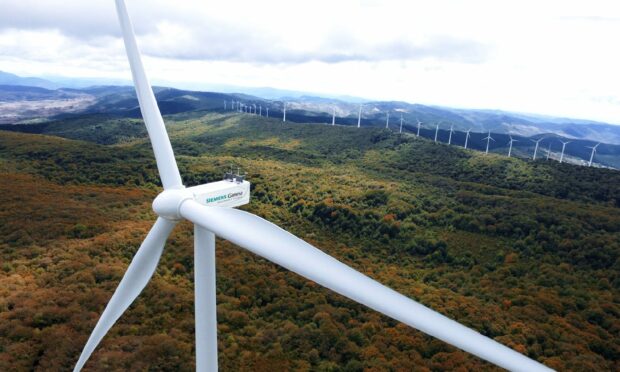
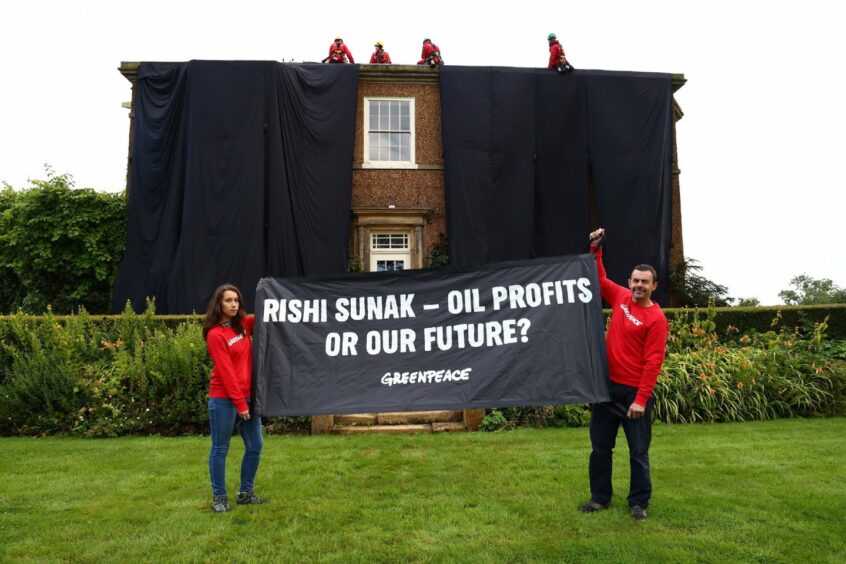
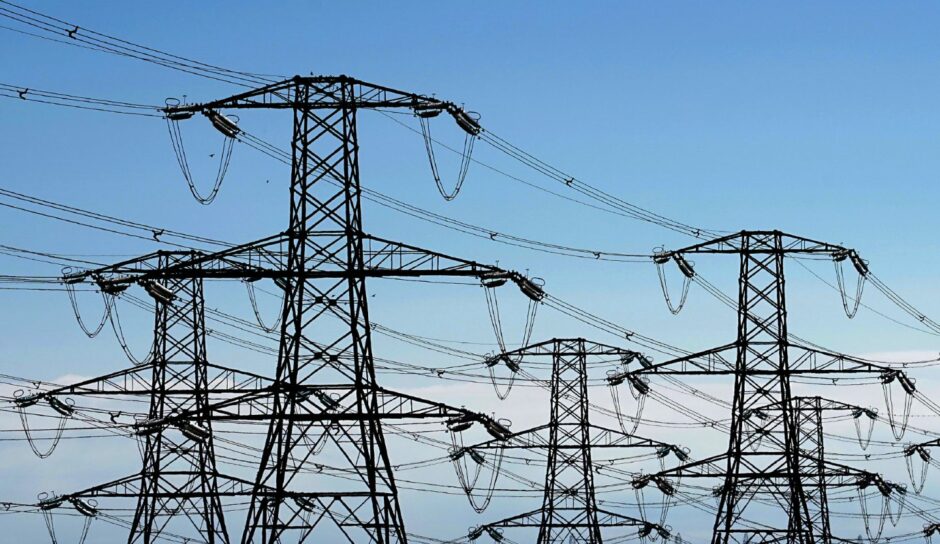
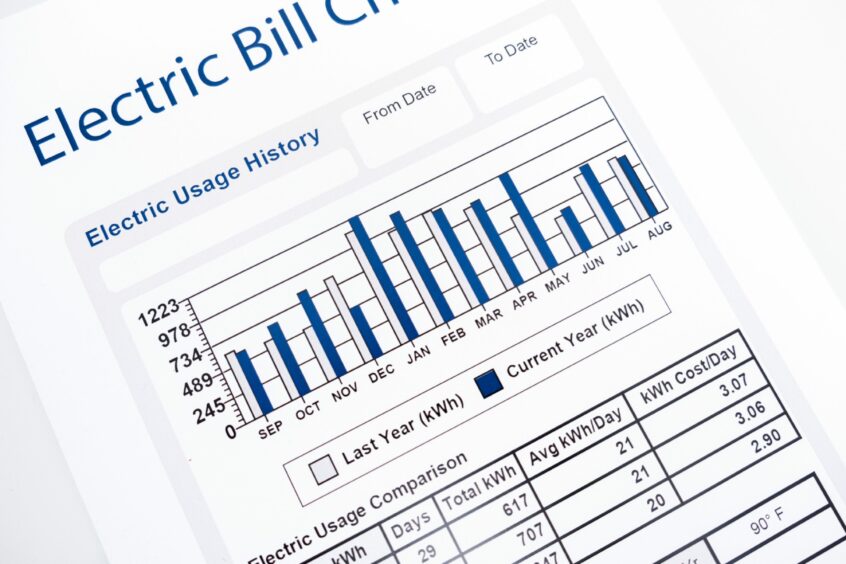
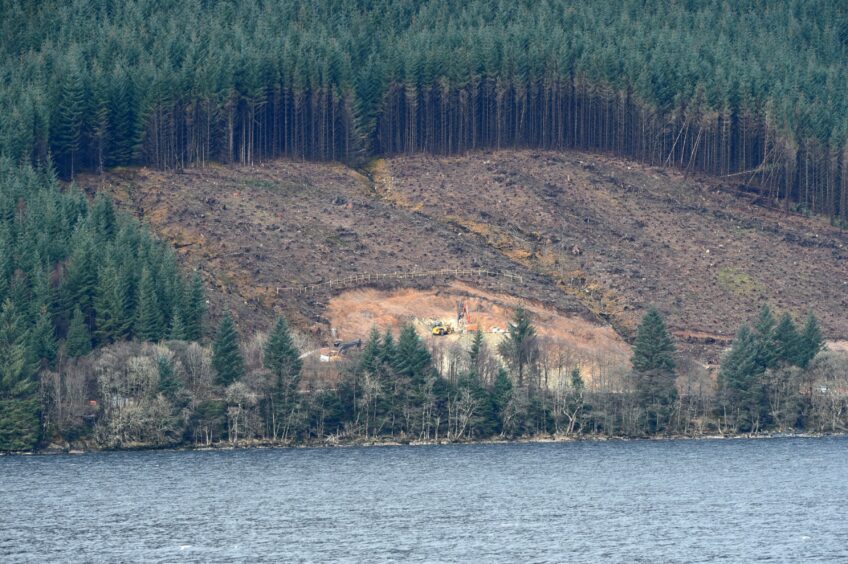

Conversation